Best Practices for Innovation from Microsoft
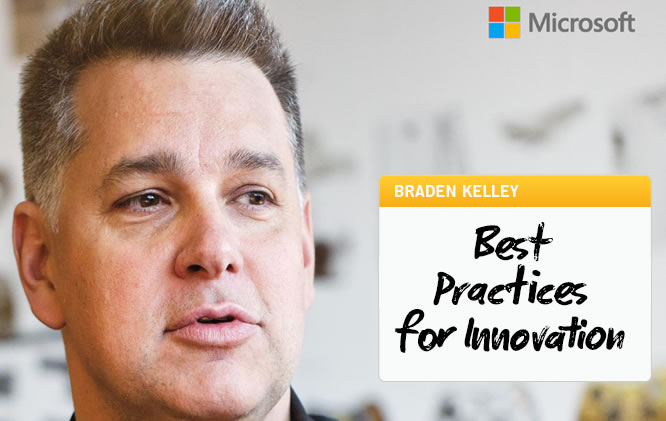
This article was first published on: Innovation Excellence
“Industries are being commoditized at a faster rate and you have to look for ways to create more value and set yourself apart,” says Braden Kelley of Business Strategy Innovation. “Innovation is one of the few ways to do that because people use the same best practices for operational excellence. The way they innovate and the culture they build are the ways they can differentiate.”
To help companies with their quest to sustain their innovation efforts, Microsoft has reached out to collect a number of innovation best practices into an evolving framework, that I’ve provided a preview of below.
Microsoft’s Innovation Management Framework
Every company serious about innovation should anchor their pursuit in a vision, strategy and goals for innovation. These core innovation components should address not just enabling technology but processes and culture too. Microsoft has published this Innovation Management Framework as the culmination of a collaboration with a consortium of visionaries and practitioners to ensure that it includes thought leadership on innovation from Microsoft and its broader ecosystem, including current charter members and contributors to the framework:
- 3M
- Avanade
- Capgemini
- Ericsson
- Business Strategy Innovation
- Microsoft
- Pcubed
- PTC
- Quantum PM
- Siemens PLM
- Sopheon
- Tech-Clarity
- UMT
- United Healthcare
- Wolters Kluwer
“Microsoft’s Innovation Management Framework is designed to help companies develop a comprehensive, integrated approach to implement and support an innovation management strategy. This framework is a repeatable reference architecture for innovation and is intended to allow companies to share and learn about innovation management best practices and enabling technologies as a starting point for strategic discussions for their company’s innovation management strategy.
The framework includes best practice processes and solutions that offer a strategic roadmap. The roadmap offers techniques that are proven through experience to improve innovation and innovation management performance. For example, the framework shares lessons learned from Microsoft’s own innovation strategies and processes that help fuel innovation across the Microsoft enterprise. These processes are used within Microsoft, enabling teams to quickly implement innovation programs that are fit for purpose.”
At its core the framework focuses on five main innovation sub-processes that we’ll give you a very brief preview of here:
1. Envision
Innovation is critical to achieving the goals of the modern business strategy. The Envision process should put in place the strategy and plan to achieve the innovation goals in the business strategy.
2. Engage
At the front end of innovation where ideas are generated, sometimes referred to as “ideation,” is where Engage occurs.
In this process, companies engage employees, customers, and partners in an innovation community to capture and share new ideas. Formalizing engagement transforms it from a passive, unfocused, ineffective “suggestion box” to a proactive approach that effectively produces targeted ideas. The goal is to generate ideas that will drive new business value. As Braden Kelley of Business Strategy Innovation explains, “The key in the engage processes is to get closer to the customer, what they desire, how they will make their lives better, and how your product will displace something.”
3. Evolve
The third process, “Evolve,” takes the output of the Engage process to the next level. In this process, companies evolve ideas – as individuals or as teams – to increase their quality and value. Soliciting and capturing ideas is not enough. Early feedback allows great ideas to be improved upon and issues to be raised so they can be resolved (if possible).
4. Evaluate
Simply discussing ideas is not enough. “It’s important to be able to organize, de-duplicate, and merge ideas and take them to the next step in order to turn ideas into money,” offers Newsgator’s Markus von Aschoff. At some point companies must identify the innovations they believe are candidates for further investment. Unfortunately, many companies are drowning in too many ideas.
5. Execute
Of course all of the best ideas, proposals and business plans in the world are of no value unless they can be turned into a reality. The “Execute” sub-process takes the input from the previous processes and executes a formal project to further develop the idea or commercialize it.
The Microsoft DIRA Framework
This Innovation Management Framework is tightly aligned with Microsoft’s Discrete Industry Reference Architecture for the discrete manufacturing industry. The DIRA framework covers three primary business imperatives that are critical to the growth and profitability of a manufacturing enterprise. These imperatives are:
- Innovate - Manage cross-boundary innovation and accelerate time-to-market
- Perform - Deliver operational excellence with reliable business continuity
- Grow - “Observe & serve” customers globally to drive growth with profitable proximity
This framework represents the “Innovation Management” portion of the “Innovate” imperative. This framework will also align with the Product Lifecycle Management (PLM) Framework, which also falls under the Innovate imperative of DIRA.
I’m sure you can tell by now, or at least I hope you can tell, that this has just been a teaser of some of the great content that exists in the full document.
For more detail on Microsoft’s DIRA Framework and to see the complete Microsoft Innovation Framework, be sure and download it as a PDF.





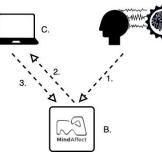







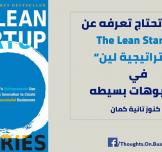










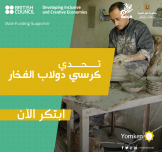























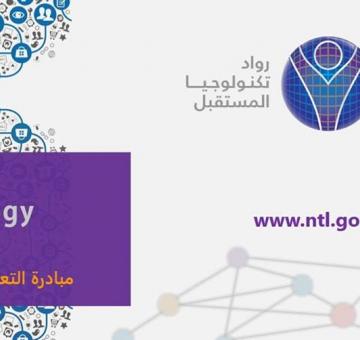



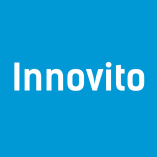










EgyptInnovate site is not responsible for the content of the comments